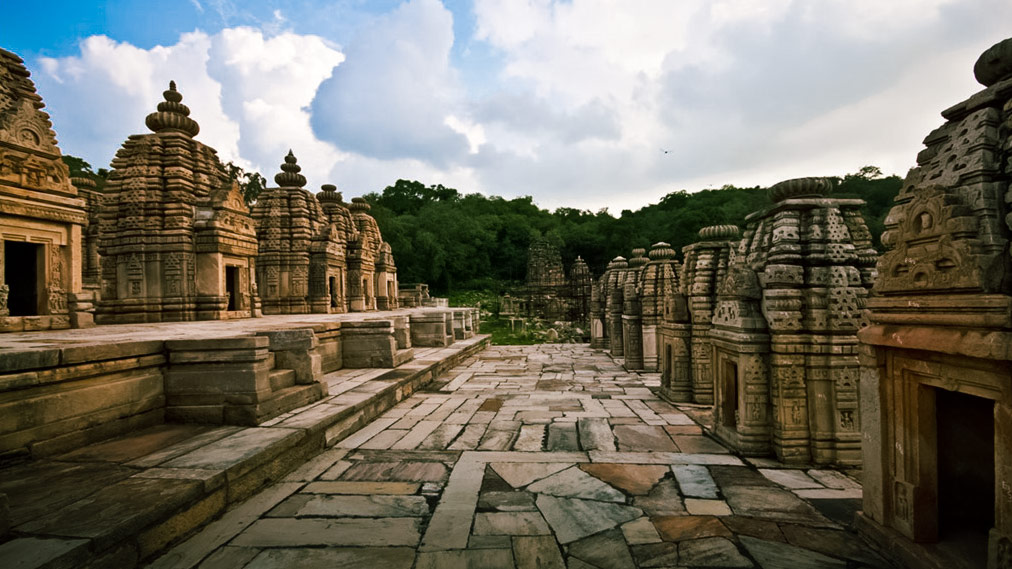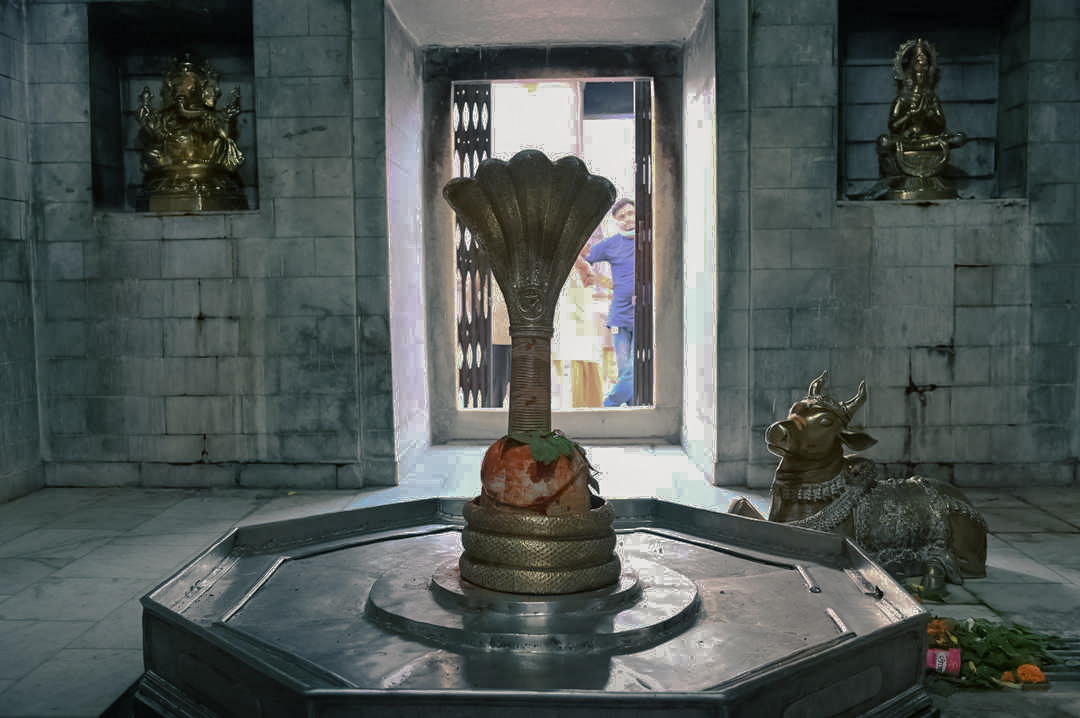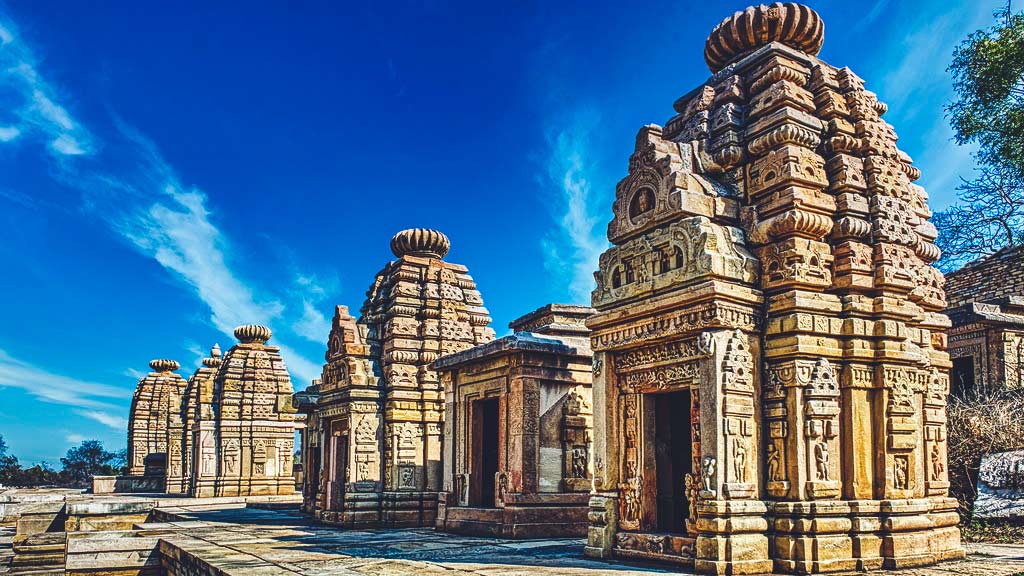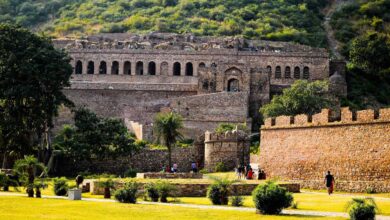200 Temples Range of Bateshwar Mystery and Facts
The Bateshwar Hindu temples (or Batesara, Bateśvar) are a bunch of nearly two hundred sandstone Hindu temples and their ruins in north Madhya Pradesh

The Bateshwar Hindu temples (or Batesara, Bateśvar) are a bunch of nearly two hundred sandstone Hindu temples and their ruins in north Madhya Pradesh in the post-Gupta, early Gurjara-Pratihara style of North Indian temple design. It's thirty-five kilometers (22 mi) north of Gwalior and thirty kilometers (19 mi) east of Morena town. The temples are largely tiny and cover approximately twenty-five acres (10 ha). They're dedicated to Shiva, Vishnu, and Shakti – representing the 3 major traditions within Hinduism. The location is inside the Chambal stream depression ravines, on the north-western slope of a hill close to Padavali, acknowledged for its major medieval era Vishnu temple. The Bateshwar temples were designed between the eighth and, therefore, the 10th-century. The location is probably named after the Bhuteshwar Temple, the most important Shiva temple. It's conjointly observed as Bateshwar temples website or Batesara temples site.
The temples, as they currently seem, are area units in several cases reconstructed from the fallen stones during a project begun by the Archeological Survey of India in 2005. Dacoit Nirbhay Singh Gujjar and his gang helped the Archeological Survey of India restore the temple completely. According to the Madhya Pradesh board of anthropology, this cluster of two hundred temples was designed throughout the reign of Gurjara-Pratihara kinsfolk. In line with Michael Meister, AN historian and an academic specializing in Indian temple design, the earliest temples within the Bateshwar cluster close to the Gwalior area unit seemingly from the 750-800 atomic number 58 amount. Merce Cunningham reports that one of the inscriptions was dated to Samvat 1107 or 1050 AD.
The temples were destroyed in the thirteenth century; it's not clear if they were an earthquake or Muslim forces.

About the Bateshwar Temple
The site is mentioned in historical literature as Sharon or Paravail, later as Padavali. The native name for the cluster of temples is Batesvar or Bateshwar temples.
According to Cunningham's report of 1882, the positioning was a “confused assemblage of over 100 temples of varied sizes, however principally small". The most important standing temple was of Shiva, wrote the dancer, and also the temple was domestically referred to as Bhutesvara. However, to his surprise, the temple had relief of Garuda in its prime, leading him to believe it might be a Vishnu temple before it was broken and reused. The Bhuteshwar temple had an sq. sanctum with a 75 feet (2.06 m) side, with a comparatively little twenty sq. feet maha mandapa. The sanctum entry was flanked by stream goddesses Ganga and Yamuna. The tower construction was a pointed sq. commencing from a 15.33 feet (4.67 m) sided sq. seated on a flat roof, then rhythmically fizzling out.
Also checkout: The Village of Army officers
The standing temples expressed dancers; all had sides made up of single slabs set upright, and weekday flat roofs then pointed top as a district of their design. The site had a cistern to take away Capitol Hill rock, with rows of little temples organized to make a street to the tank. The dancer also reported seeing Shiva linga within one of the temples, a triplet sculpture, a Ganesha, Shiva, and Annapurna around this temple. Next to the Shiva temple was a Vishnu temple, concerning identical size because the Hindu deity temple, once more a sq. sanctum of vi.67 feet (2.03 m) facet with stream goddesses Ganga and Yamuna flanking the entry on its jambs.

In the northeast corner of the positioning was an oversized platform concerning forty-two. 67 feet (13.01 m) length and twenty-nine. 67 feet (9.04 m) breadth, with AN integrated platform projection of a square. With eleven.67 feet (3.56 m) sides. Dancer speculated that this could be the most important temple at the Bateshwar site before its destruction. He noted that not a stone remains close to the platform to supply additional clues on the lost temple. Dancer additionally indicated that one in each of the tiny temples to the northwest of the Bhuteshwar temple had a brief inscription dated Samvat 1107 (1050 CE), establishing the fruit for the positioning.
History Of Bateshwar Temple
The site was visited, and Alexander dancer reported its ruins in 1882 as a “collection of over a hundred temples massive and tiny to the southeast of Paravali Padavali '', the latter with a “very fine recent temple." Bateshwar was notified by the Archeological Survey of Asian countries (ASI) as a protected site in 1920. Restricted recovery, standardized temple list, ruins isolation with photography, and site conservation efforts were initiated throughout the British colonial era. Many students studied the positioning and enclosed them in their reports. For example, the French archeologist Odette Viennot printed a paper in 1968 that surrounded a discussion and images of the numbered Bateshwar temples.
In 2005, the ASI began a formidable project to gather all the ruins, tack together them and restore as several temples as potential, underneath AN initiative diode by the ASI Bhopal region's Superintending Archaeologist K.K. Muhammed. Under Muhammed's leadership, some sixty temples were rehabilitated. Muhammed has continued to campaign for the site's restoration and calls it “my place of journeying''. I return here once every 3 months. I'm obsessed with this complicated temple."
Significance Of Bateshwar Temple
According to Archangel Meister, the Bateshwar site illustrates the idea and construction of the “Mandapika shrine" concept in the central Asian nation. It's reducing the Hindu temple plan to its basics, during an easy idea that's one step clear of the one cave cell style. This style has roots in additional ancient Hindu temples found during this region, like one that survives at Mahua and encompasses an Indo-Aryan inscription that calls the planning sila mandapika (literally, a “stone pandal or pavilion." It has vedi-platform roots that mix the standard sq. set up with mixtures of Hindu temple architecture. The temples explore a sq. sanctum mounted on a basement platform (jagati) that's rectangular, states Meister, therefore incorporating a small praggriva (porch).

These temples have a “simple columned wall flat-topped by a broad, flat-edged sunblind that extends on the far side of the sanctum to shade the entry further. The sq. pillars rest directly on the vedibandha, an area unit topped by leaf capitals, their shafts inscribed with ornamental medallions. At its best, this sort encompasses an individual and ornamental quality. Still, sort of a picket or ivory box, intervening bands of indirect foliage are particularly very important, the full-framed by the flat, deeply shaded vedibandha moldings and also the crisp chadya (with a saw-tooth edge) above", per Meister. The importance of those temples is that they fuse and experiment with a range of temple building ideas, like topping the nagara sikharas, which will be dominant by that point presumably in western Asian nations, on the best of temple grid plans with a lot of ancient roots in central Asian countries.
Frequently Asked Questions (FAQs)
Q.1. Bateshwar Temple is situated in which district?
Ans. 100 Bateshwar Temple is situated at Morena district of Madhya Pradesh.
Q.2. Are Bateshwar Temples open for Everyone?
Ans. Yes, Bateshwar Temples are open for everyone.
Q.3. Who destroyed Bateshwar Temples?
Ans. It is Still not clear who destroyed it, but in some stories it is mentioned that it might be destroyed by Mughal Invaders or natural earthquake.
Q.4. Who built the Bateshwar Temples?
Ans. Raja Badan Singh Bhadwar built the Bateswar Nath Temples in 1646.
Do follow us on Instagram: Viralkida , Twitter: @Viralkida1, Facebook: The Volunteers Group
If you are interested in reading such stories, do check- out post below




